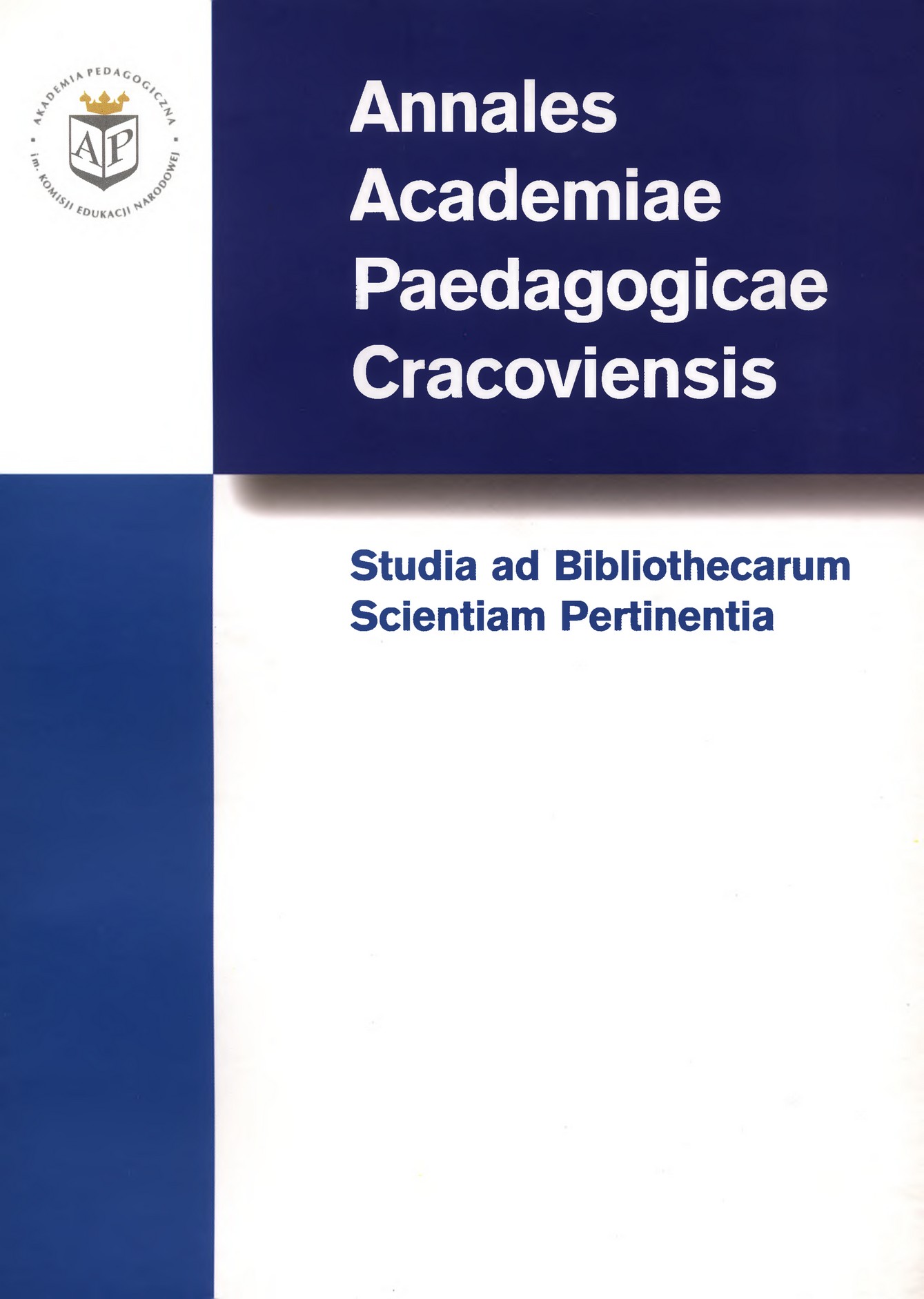Kultura legionowa w czasie pierwszej wojny światowej na łamach prasy krakowskiej (1914–1918)
The Polish Legion Culture during World War I in Cracow’s Press (1914–1918)
Author(s): Jerzy SeniówSubject(s): Cultural history, Media studies, Social history, Pre-WW I & WW I (1900 -1919)
Published by: Wydawnictwo Uniwersytetu Komisji Edukacji Narodowej w Krakowie
Keywords: Cracow; newspapers; press; history; 1914-1918; Polish Legions;
Summary/Abstract: The First World War and military activities of the Piłsudski Legions gave birth to a very specific phenomenon which may be referred to as the Polish Legion culture. It included literature and poetry, theatre, film, sculpture and painting. At that time seven dailies were published in Cracow: five principal ones and two published periodically. Independently, there were several weekly and monthly magazines. Actually, all newspapers delivered information from the frontlines of the First World War, and most of all, about the military activities of the Polish Legions. The Legion literature was created by war correspondents and writers fighting in the Legions. They were – among others – Wacław Sieroszewski, Juliusz Kaden-Bandrowski, Gustaw Daniłowski, Władysław Orkan, Zygmunt Kisielewski, Józef Relidzyński and Stanisław Rostworowski. Their works were published mainly by Cracow’s dailies. However, there also appeared independent works of fiction. News about the very first activities of the military shooters organisations appeared in “Nowa Reforma”. Kaden-Bandrowski, whose literary activity is worth particular notice, wrote the history of military actions of the 1st Brigade of the Piłsudski Legions, published in “Czas” and – later on – as a book . Also his articles published in “Naprzód” and “Ilustrowany Tygodnik Polski” attracted readers’ attention. Wacław Sieroszewski, in turn, published his novel in instalments in “Głos Narodu” and a short-story in “Ilustrowany Tygodnik Polski”. About that time his book on Józef Piłsudski also appeared. Władysław Orkan wrote a series of short stories and published them in “Czas” and “Piast” weekly. Józef Relidzyński and Stanisław Rostworowski wrote their stories during and after the war. “Rok Polski” published a scholarly discussion by Jan Zabiełło, which later on appeared in form of a book entitled Nowy romantyzm w polskiej poezji czasu Wielkiej Wojny [New romanticism in Polish poetry of the Great War]. Independently, other scholarly dissertations and popularised discussions were written and reviewed in Cracow’s newspapers. “Ilustrowany Kurier Codzienny” presented popularised scientific articles by eminent historians, Władysław Konopczyński and Władysław Semkowicz. We cannot omit Legion poetry and military songs. Józef Relidzyński’s poems are of particular interest; they were discovered by “Naprzód” and “Na Przełomie” monthly. I will also mention the collection of Legion poems by Karol Łepkowki and a collection of military songs entitled “Płomienie” [Flames] written by Henryk Zbierzchowski. We should recognise a great role that painting played in the social recognition of the legion commanders and war heroes. They were painted by eminent artists, such as Jacek Malczewski, Wincenty Wodzinowski and many others. The portraits could be admired at numerous Legion art exhibitions. There’s no doubt that we should acknowledge both the value of the Polish Legion culture and the role Cracow’s press played in popularising it.
Journal: Annales Universitatis Cracoviensis. Studia ad Bibliothecarum Scientiam Pertinentia
- Issue Year: 2003
- Issue No: 2
- Page Range: 203-211
- Page Count: 9
- Language: Polish

